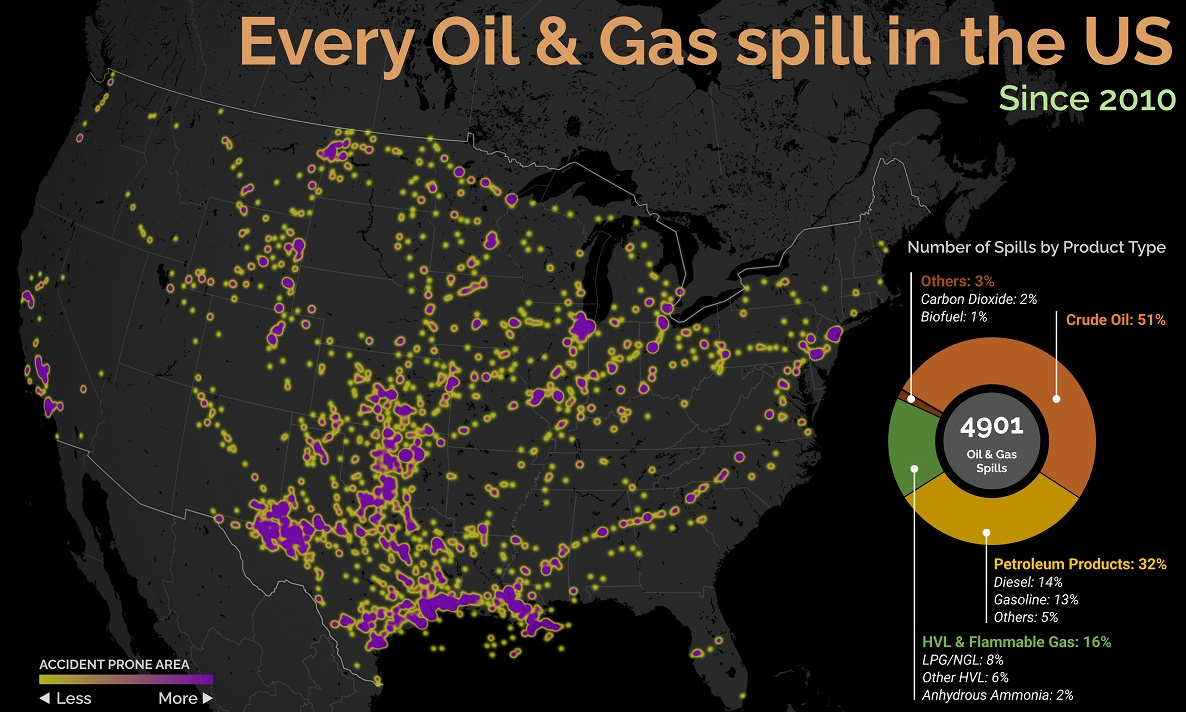The Energy Markets in Flux: Looking Back on 2014
Last year, so much changed in the energy market that it takes a bit of extra time to digest it all. The oil price crashed, but as we showed in last week’s Chart of the Week, even that was not able to stop the glut that is currently being experienced in the United States. Geopolitical events involving Ukraine and the Middle East prominently affected energy as well. Russia flexed muscles by halting exports of natural gas to Ukraine in June 2014 over a debt dispute. Though exports resumed in December, Ukraine is now buying over 60% of gas from European suppliers like Poland and Slovakia. The price of thermal coal also continued its decline. Though this is a less followed story than oil, it has big repercussions on countries that use coal as a big part of their energy mix. Meanwhile, wind energy was the second most added energy type in terms of capacity behind natural gas. Many European nations now have a big piece of their energy mix covered by wind: Denmark (39%), Spain (23%), UK (9%), Germany (8%) and Italy (6%). Want to know how much solar, wind, oil, gas, or nuclear energy it takes to power a major city for a year? Check out our Powering New York slideshow. Original graphics from: ICIS
on Aside from the obvious climate impact they bring, one other downside in particular is spills, which can lead to ecological and economic damage. These can happen due to pipeline leaks, train derailments, or other industrial disasters. This graphic from Preyash Shah provides a visual overview of every oil and gas spill in the contiguous U.S. since 2010. Data is tracked by the U.S. government’s Pipeline and Hazardous Materials Safety Administration (PHMSA).
U.S. Oil and Gas Spills (2010‒2022)
The majority of spills that have occurred come mostly from crude oil, followed by petroleum products and gas. Note that this data covers the quantity of spills and not damages or volume.
Crude oil, which makes up just over half of documented spills, is also one of the most costly. Contaminations can persist for years after a spill, and its impact on local mammals and waterfowl is particularly harsh. This has been the case with the Deepwater Horizon spill (also known as the “BP oil spill”), which experts say is still causing harm in the Gulf of Mexico. Other products with lots of spills include petroleum products such as diesel or gasoline, as well as liquefied natural gas or other volatile liquids. Interestingly, liquefied carbon dioxide can also be transported in pipelines, commonly used for carbon capture storage, but requires high pressure to maintain its state. When looking at the location of spills, it’s clear that the South Central states have experienced the highest number of disasters. In contrast, the West Coast has had substantially less activity. However, this makes much more sense when looking at the dominant oil producing states, where Texas and surrounding neighbors reign supreme. Of the 4,901 spills during this period, Texas accounts for 1,936 or roughly 40% of all oil and gas spills. This is followed by Oklahoma, which has had 407 spills and is one of the largest net exporters of oil and gas in the country.
What Causes Spills?
Oil and gas spills actually have a surprisingly long history, with one of the earliest dating back to 1889, when a spill was reported on the coast between Los Angeles and San Diego. Causes have consisted primarily of weather, natural disasters, equipment and technological malfunction, as well as human error. However, they only became a widespread problem around the halfway mark of the 20th century, when petroleum extraction and production really began to take off. This era also saw the emergence of supertankers, which can transport half a million tons of oil but therefore make the risk of spills even costlier. In fact, the biggest spill off U.S. waters after the Deepwater Horizon disaster is the 1989 Exxon Valdez spill in Alaska, when a tanker crashed into a reef and 11 million gallons of oil spilled into the Pacific Ocean.














